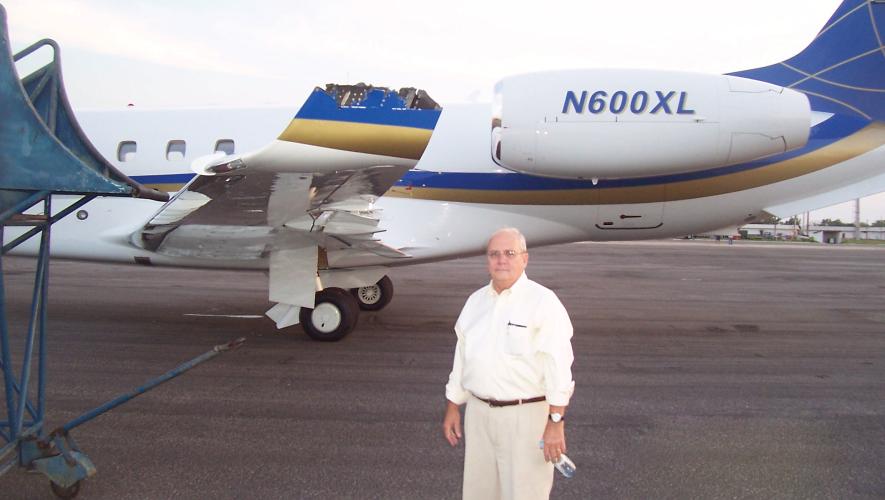The NTSB released Safety Alert SA091 urging operators of twin-piston aircraft to understand proper procedures for partial engine failures and to practice handling them. In the guidance, the Safety Board noted that existing training and checklists for multi-engine piston aircraft primarily address total engine failure.
“This gap in training and awareness can result in critical control issues during flight, especially during single-engine operation scenarios,” the NTSB said. “Partial loss of engine power in multi-engine aircraft is often improperly managed, leading to increased risk of loss of control.”
Of concern is the need to properly feather the propeller of an engine that has lost power. However, constant-speed, manually feathering propellers on multi-engine aircraft are equipped with “start locks” that keep propeller blades from going into feather position during a normal engine shutdown on the ground and can engage in flight if the propeller’s rpm drops below a certain threshold.
“Once the propeller rpm decreases below the speed at which the start locks engage, the pilot will be unable to feather the propeller. Feathering is not possible until the propeller rpm increases above this critical speed,” the NTSB noted. However, an engine malfunction may prevent the pilot from increasing the rpm.
“It is imperative, therefore, to feather the propeller before the rpm decreases below the start lock engagement speed,” the Safety Board said. “Delayed propeller feathering in partial loss of engine power scenarios can dangerously result in drag, compromising control and safety.”
The NTSB cited several accidents that may have been avoided if the pilot had been able to feather the propeller. In one case, a Piper PA-30 twin lost power in the right engine on approach to landing and the pilot lost control of the aircraft and crashed, killing two people. The right propeller was found with the start lock engaged in the subsequent investigation.
In another accident during an ATP checkride, a Cessna 310F twin crashed after partial loss of power in the left engine. “The pilot’s delayed feathering of the left propeller and failure to maintain airspeed led to a loss of control and subsequent crash in which the pilot was seriously injured,” the NTSB said, adding that the designated pilot examiner died in the accident.
As a result of these and other accidents, NTSB advised operators to “ensure familiarity with specific criteria and steps for feathering the propellers in your aircraft,” and review the owner’s manual to determine the rpm minimum for feathering. It further suggested that operators regularly practice for such scenarios, ensure all engine controls—including feather—are operative before flight, and discuss these scenarios with other pilots and during training.







